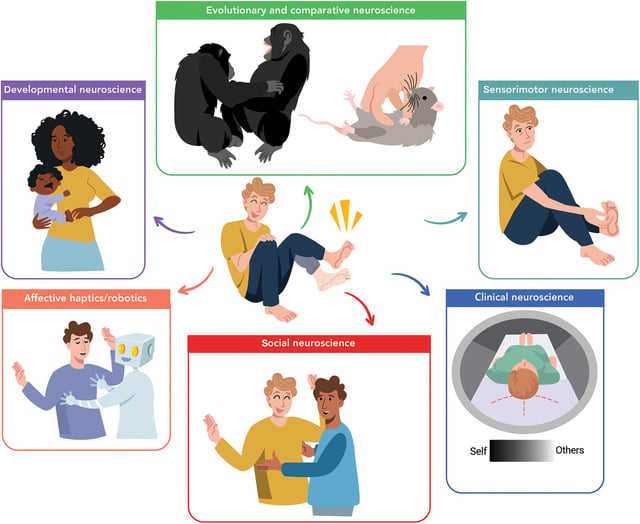Overview
- Kilteni’s May 23 Science Advances paper spotlights the persistent lack of a clear scientific definition for tickling after two millennia of inquiry.
- Her tickle lab employs a mechanical stick and a custom footrest to deliver identical footsole stimuli while recording brain activity, heart rate, breathing and sweat responses.
- The research frames tickling as a multifaceted behavior shaped by motor control, social bonding, neurological pathways, developmental processes and evolutionary history.
- Early data indicate that people with autism spectrum disorder experience higher tickle sensitivity than neurotypical participants, suggesting distinct neural processing.
- Observations of ticklish reactions in bonobos, gorillas and rats support theories that tickling serves an ancient biological purpose influencing social interaction and brain development.

